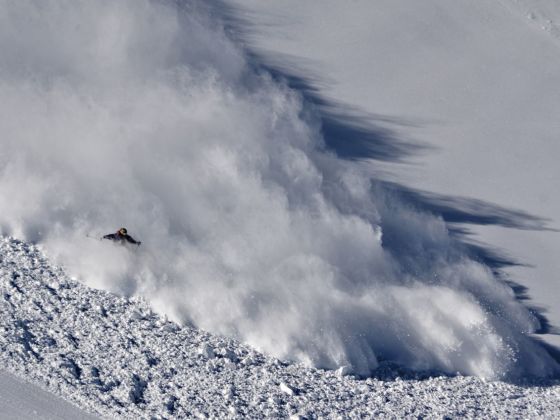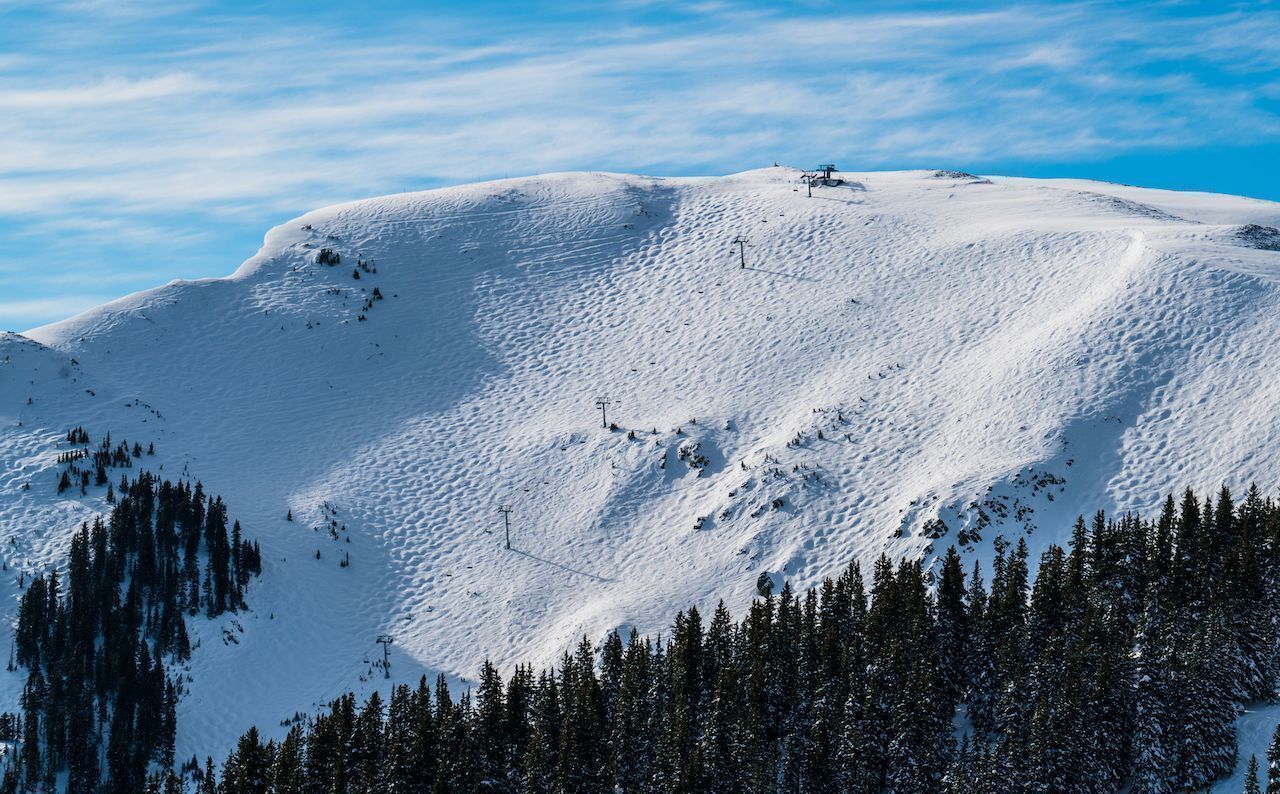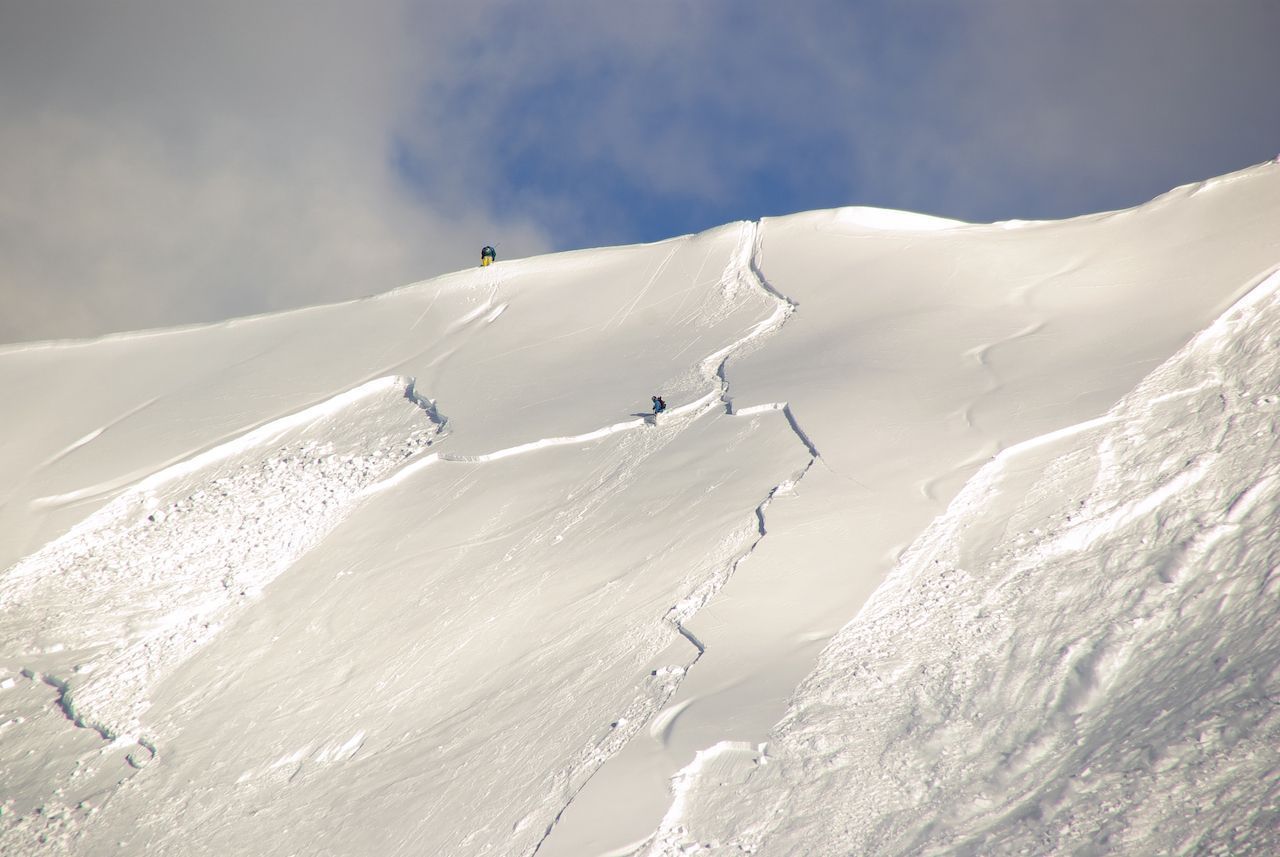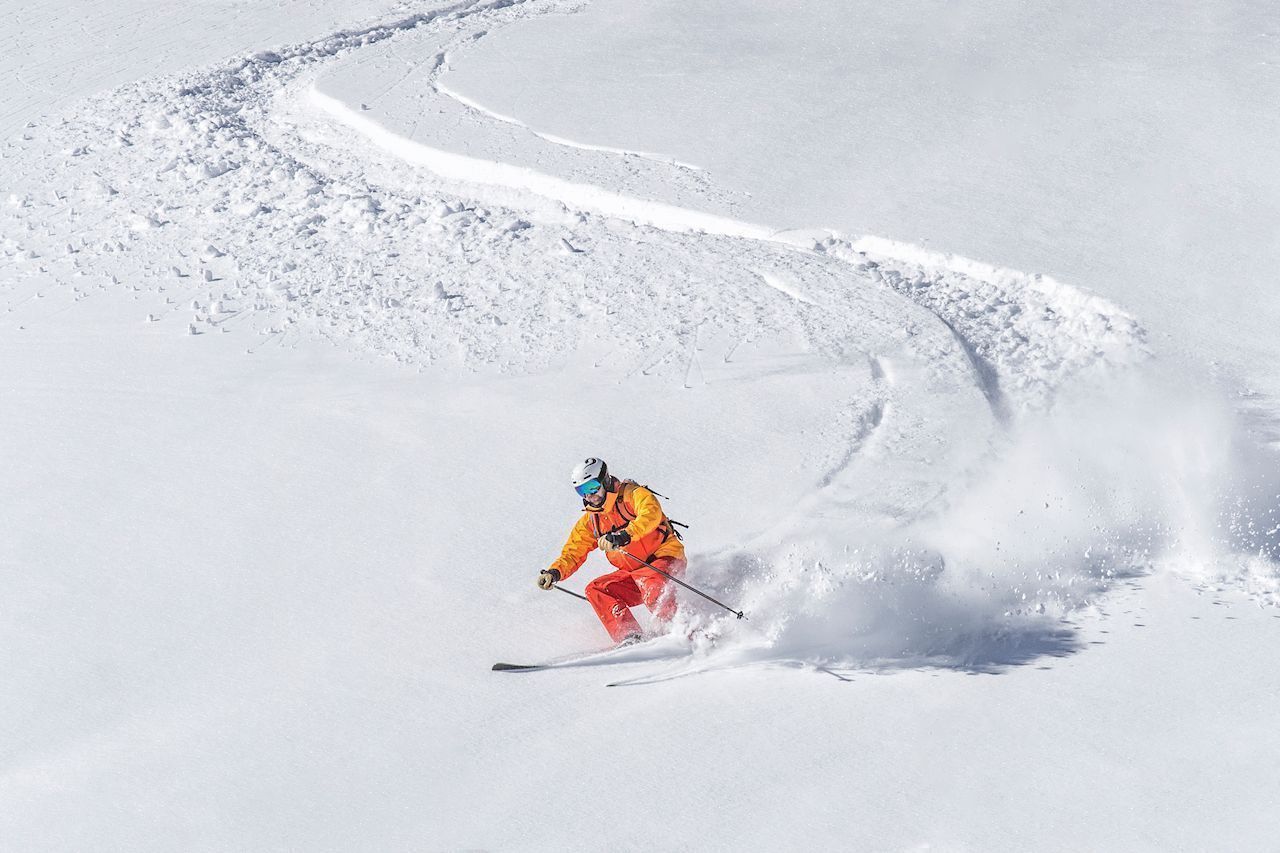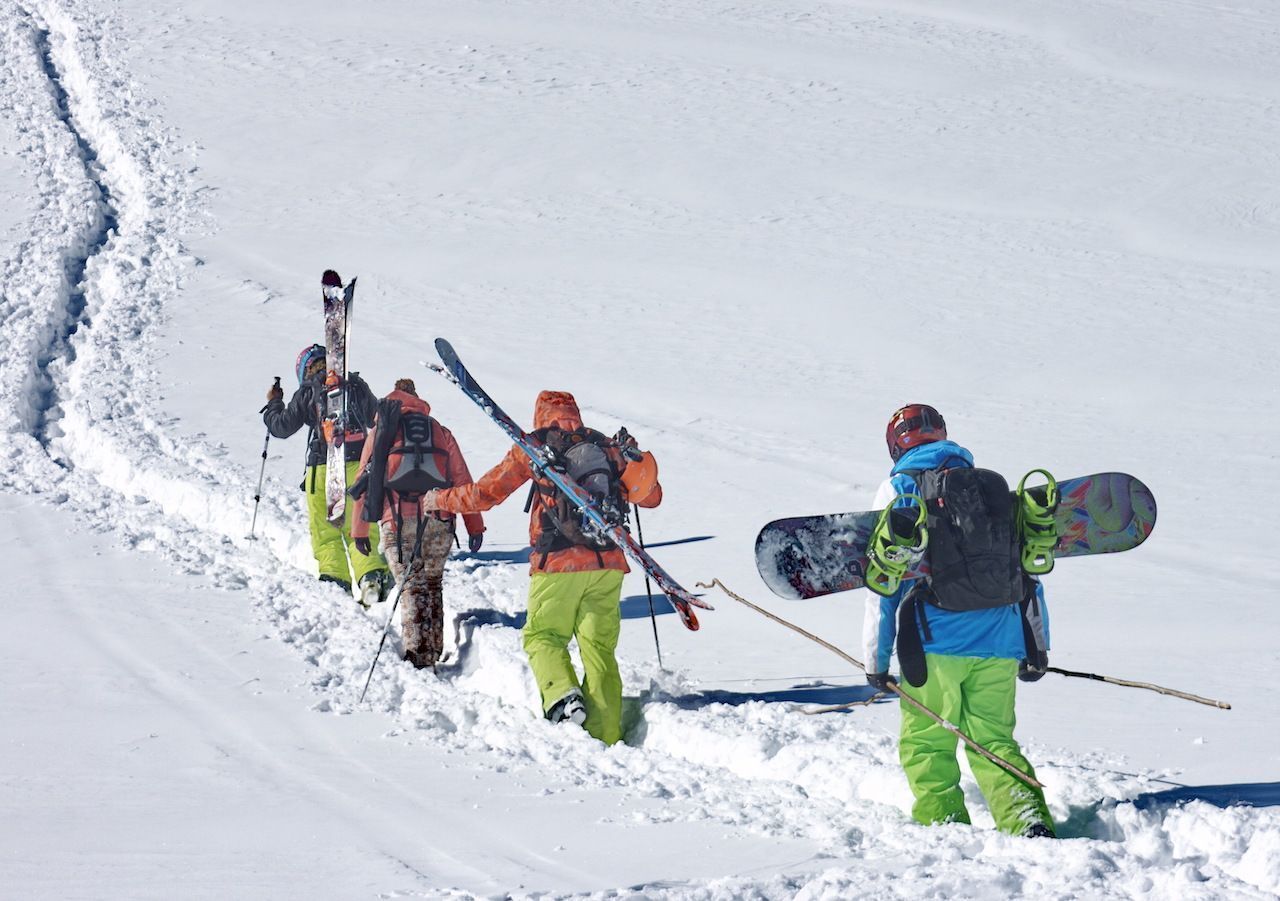In January of this year, a 34-year-old skier was killed inbounds at Lake Tahoe’s Squaw Alpine Resort, skiing a piste off of Alpine Meadows’s Scott Chair. That followed another avalanche that trapped eight skiers at Idaho’s Silver Mountain Ski Resort. Tragically, three of those skiers died.
We already know that even more skiers and snowboarders are hitting up the backcountry — a reported 1.4 million two seasons ago, with continued exponential growth since then — and that they are putting themselves at risk of avalanche-related deaths and injuries. What seems somehow more shocking is when these tragedies happen inside ski area boundaries.
